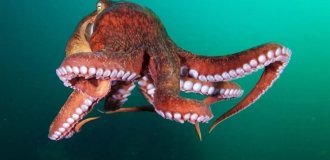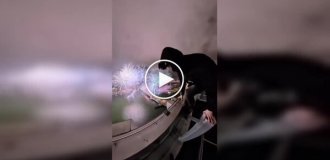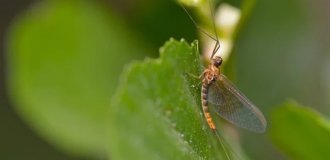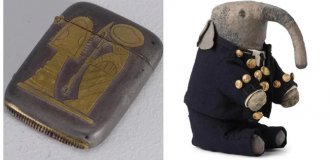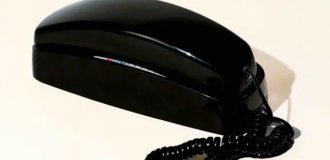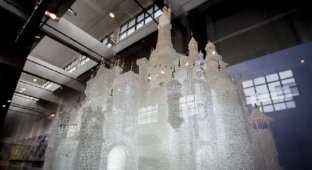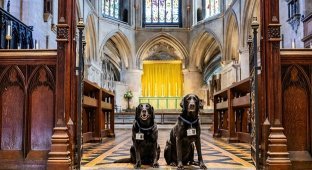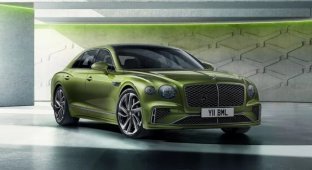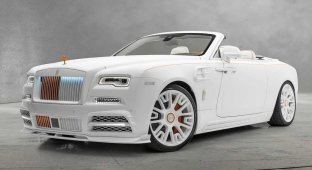Feathered and ungulate pioneers of aeronautics (6 photos)
The world would not be so beautiful without our smaller brothers. They comfort us, find us, save us, sacrifice their lives during drug testing, fly into space against their will. In fact, the era of aeronautics also began thanks to nameless, but in their own way heroic creatures that entered the history of aviation. 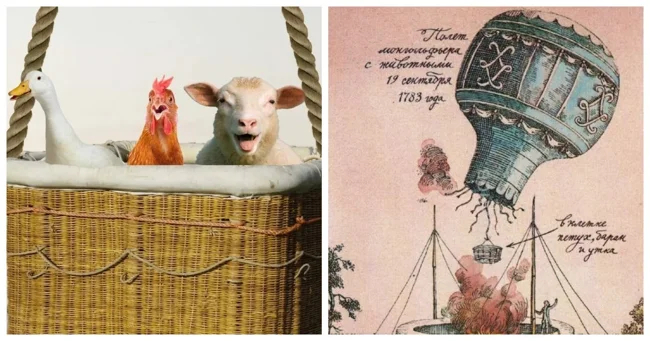
In our age of high technology, we tend to perceive human flights as something self-evident. But at the dawn of aviation, even launching a large balloon seemed like a deadly adventure. So when the first hot air balloons capable of flying began to rise into the sky, their designers decided to test their homemade creations on animals first. 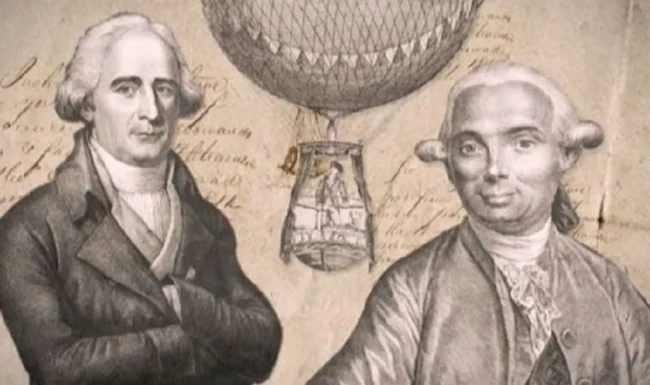
And although the first hot air balloons to rise into the air were a rooster, a duck, and a sheep, we still owe this to people, namely the brothers Joseph-Michel and Jacques-Etienne Montgolfier. The Montgolfier brothers became the creators of the hot air balloon as we know it. That is, a large balloon that floats under the influence of heated air, and not a gas that is lighter than air, such as helium.
This happened in the late 1700s. They were two of 16 children born to their family in a region in south-central France that was known for its paper industry at the time. The brothers became well-known papermakers as adults. However, their undying interest in invention eventually took their lives in a completely different direction. 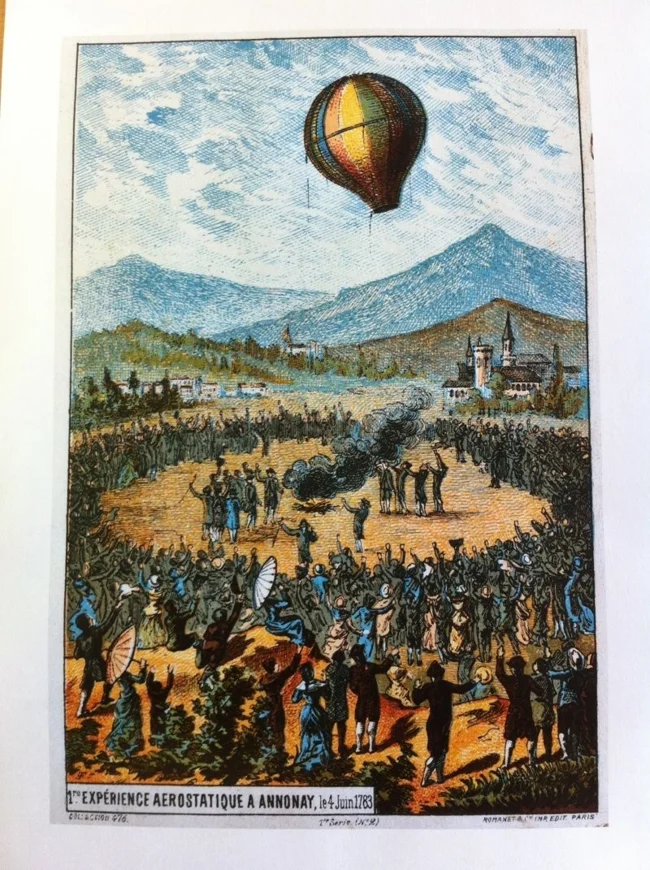
Illustration of the Montgolfier brothers' first unmanned public demonstration in June 1783
It is not known where exactly the Montgolfier brothers got the idea for hot air balloons (the basic technology had long existed in China). But it’s believed that one of them simply noticed that laundry dried over a fire rose.
Whatever the impetus, they first began experimenting with miniature versions of their future creation. They built boxes out of lightweight wood, covered them with thin fabric, and then filled them with hot air. The experiments worked, although at first they weren’t entirely sure why (at one point, they even suggested that the smoke contained a rare, lighter-than-air compound, which they called “Montgolfier gas”). After a series of successful tests, it was time to try it for real. 
On September 19, 1783, the Montgolfier brothers held an exhibition at Versailles of their creation, which for the first time could transport living creatures. After a year or more of testing, their balloon began to resemble the familiar onion we know today, and from previous public tests in their home city, they knew for sure that the balloon would not only rise, but also fly. What they did not know was how altitude could affect a living creature.
In addition to the thousands of people who gathered to watch the flight, the Versailles demonstration was organized in the interests of Louis XVI and Marie Antoinette. To best test the effects of altitude, the king suggested that the brothers send a couple of convicts up for a flight. But the Montgolfiers chose a trio of animals instead. They used a sheep, a duck, and a rooster. 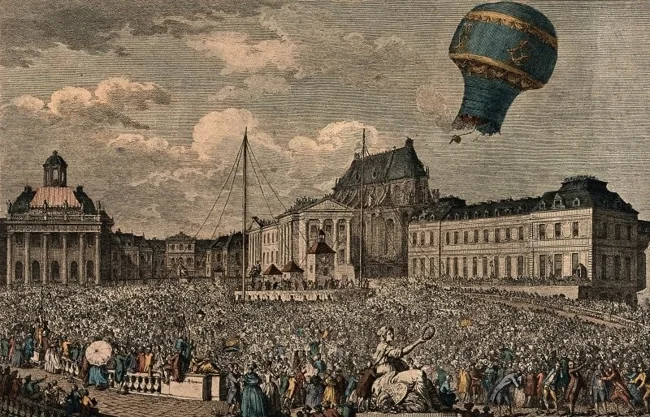
Illustration of a sheep, rooster, and duck in flight in 1793
According to the aviation textbook Introduction to Aerospace Engineering with a Flight Test Perspective, the sheep (called Montauciel, which means "Rise to the Sky" in French) was chosen for its similarity to human physiology; the duck, which was obviously already capable of high-altitude flight, was to serve as a control; and the rooster, a bird that never gets very high off the ground, was to serve as a comparison for the duck.
The animals were placed in a cage suspended beneath the now-iconic blue-and-gold balloon and sent into flight. As recounted in the 1983 book The Montgolfier Brothers and the Invention of Aviation 1783-1784, the balloon was buffeted by the wind as it inflated, but eventually took off and floated out of control for about eight minutes before landing in a forest just over two miles from the launch site. 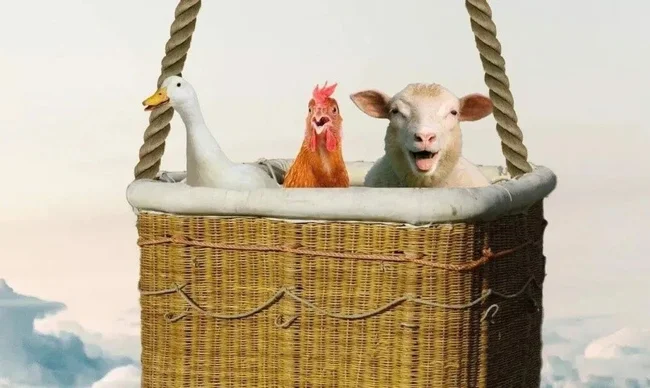
When the animals were finally returned, they were found to be largely unharmed from the journey (minus the psychological damage).
According to the 1921 US Naval Aviation Review, the only injury sustained was a peck from a duck.
The Montgolfier brothers went on to make a number of successful balloon flights with people on board. But we are all indebted to this trinity of beings who not only saved the prisoners from experiments, but also gave us, humans, the confidence that we can continue to fly and conquer the skies.

